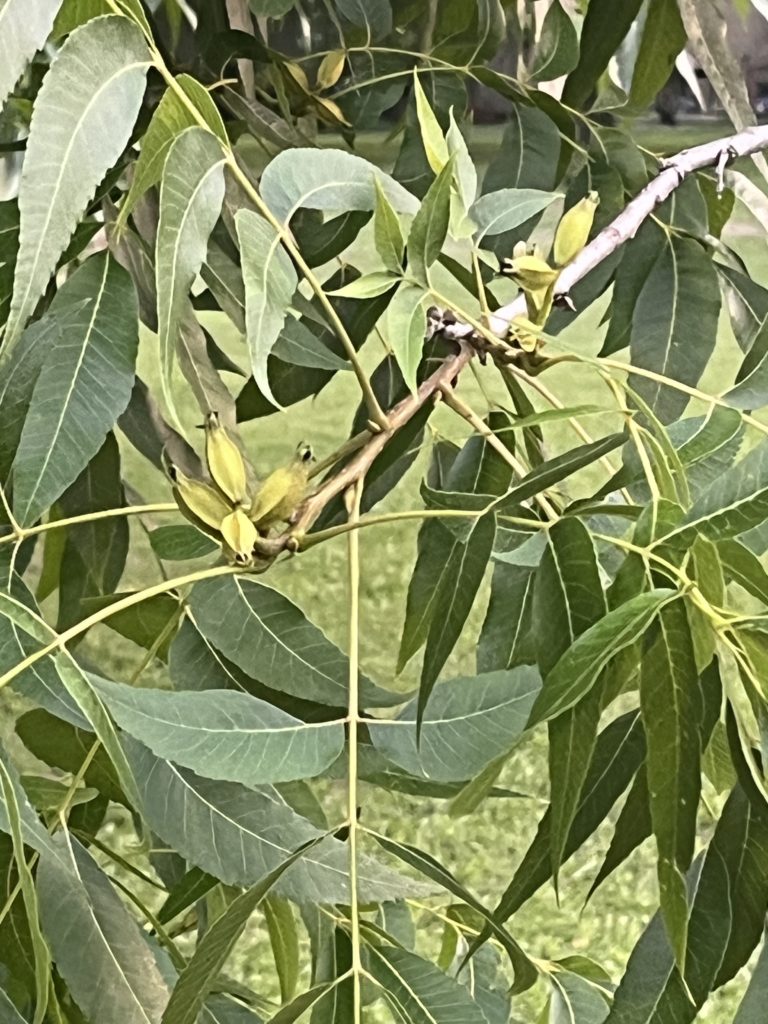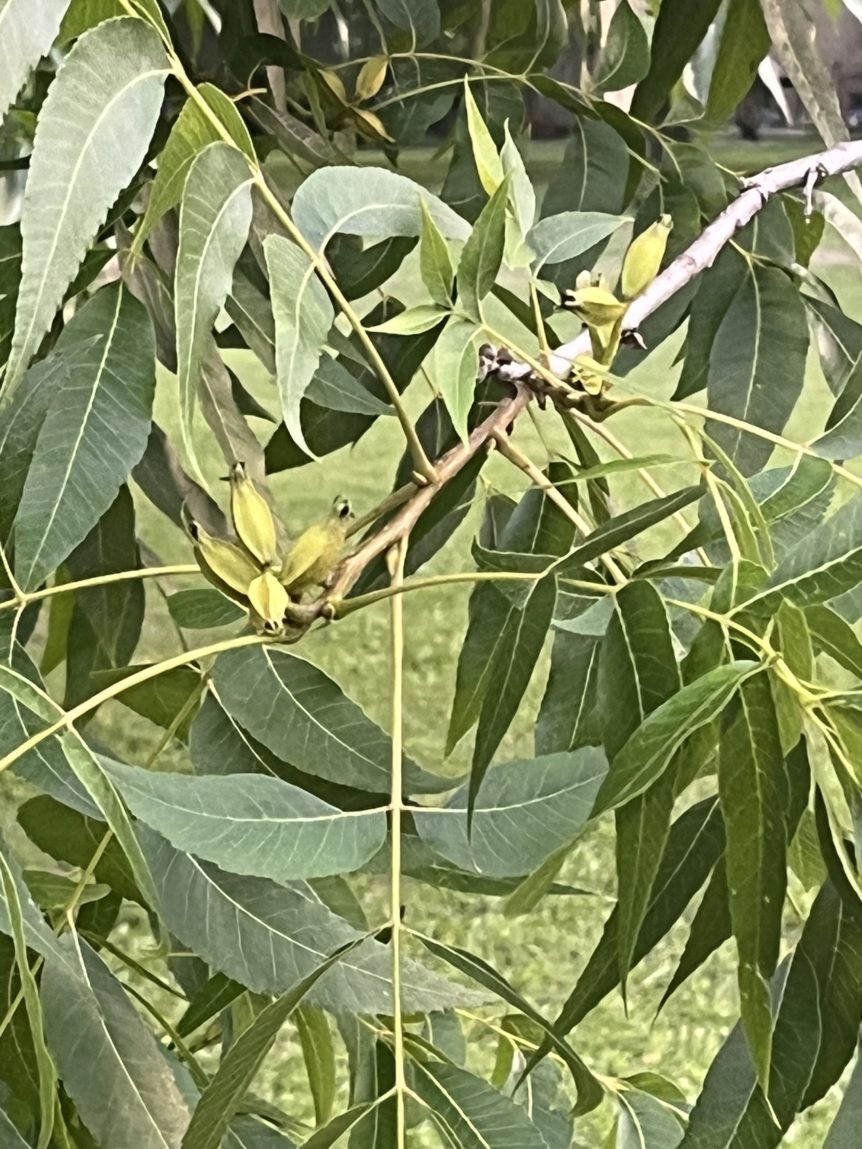
By Clint Thompson
Scab disease has been more prevalent in some pecan orchards this year compared to others. A significant factor is how tight some trees are in orchards and the lack of air flow that is circulated.
That has contributed to the disease being more problematic for some Southeast producers than others, says Lenny Wells, University of Georgia Extension pecan specialist.
“One thing we’re seeing is growers losing control of scab and it kind of getting away from them, in most cases that I’ve seen this year, it’s been in orchards that have had poor air flow,” Wells said. “Some of that can just being in an area that’s a low-lying area or a spot where you’ve got trees, woods or something that is surrounding that orchard, you just don’t have good air flow to do it.
“We’re also seeing it in orchards that are planted too tight, when you’re looking at more than 35 trees per acre. Those orchards that are tightly planted, there’s going to be more scab pressure there. That’s another good reason I think not to try to plant these orchards too tight. We’ve had a lot of that over the last few years. I’ve seen more problems out of those than most of the others.”
Producers plant a high number of trees in an orchard to maximize land use, trying to get a higher number of trees per acre. However, it also makes them more vulnerable to scab disease during a rainy season, much like this summer.
Background
Scab is a fungal disease that infects the leaves or nuts of pecan trees. If scab impacts the nut early enough in the production season, it can cause the nut to blacken and fall from the tree. It excels on trees that have received moisture. Some growers must make at least 10 fungicide applications during an average year to manage the disease.










